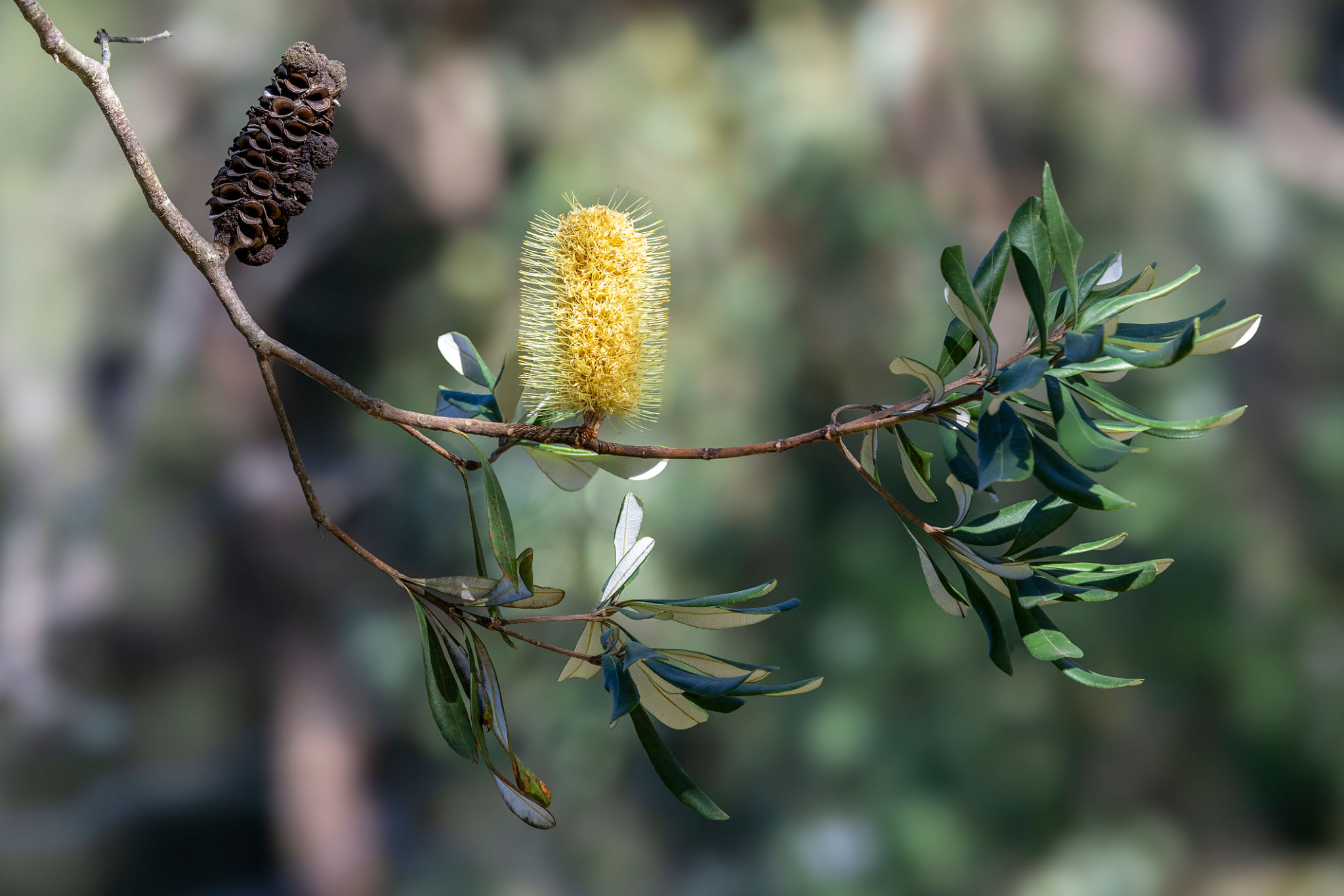Case Study: Transforming a Chicago Backyard into a Sustainable Oasis
The Vision: From Drab to Lush
In the bustling city of Chicago, finding a slice of nature can be a challenge. One family, however, was determined to transform their backyard into a sustainable oasis. This case study explores their journey from a typical urban yard to a thriving, eco-friendly retreat.
The homeowners initially faced the common dilemma of limited space and an uninspiring landscape. They dreamed of a green haven that would not only enhance their home’s aesthetic appeal but also contribute positively to the environment.

Planning for Sustainability
The transformation began with meticulous planning, focusing on sustainable practices. The family collaborated with a landscape architect who specialized in eco-friendly designs. Together, they devised a plan that prioritized water conservation, native plant species, and energy efficiency.
One of the primary goals was to reduce water usage. This was achieved by installing a rainwater harvesting system and selecting drought-resistant plants that thrived in Chicago’s climate. The family also opted for permeable paving materials that allowed rainwater to seep into the ground, replenishing the local water table.
Choosing the Right Plants
Native plants were chosen for their resilience and low maintenance needs. These plants not only beautified the space but also provided a habitat for local wildlife, including birds and pollinators. Some of the selected species included:
- Bee Balm
- Wild Geranium
- Prairie Dropseed

Incorporating Eco-Friendly Features
Beyond plant selection, the backyard was designed with several eco-friendly features. A small solar-powered fountain added both visual appeal and the soothing sound of water, while also attracting birds to the garden. Additionally, energy-efficient LED lighting was installed to illuminate pathways without contributing to light pollution.
The family also incorporated raised garden beds made from reclaimed wood, allowing them to grow their own vegetables and herbs. This not only reduced their carbon footprint by cutting down on grocery store trips but also ensured a supply of fresh, organic produce.
Creating a Community Space
The backyard transformation extended beyond aesthetics and sustainability; it also fostered community engagement. The family hosted workshops on sustainable gardening practices, inviting neighbors to learn and participate in building a greener community.

The Outcome: A Model for Urban Green Spaces
The completed transformation exceeded expectations, turning a once ordinary backyard into a vibrant, sustainable oasis. This project serves as an inspiration for other urban dwellers looking to make eco-conscious changes in their own spaces.
The family’s backyard is now a testament to the power of thoughtful design and sustainable practices. It demonstrates how urban spaces can be transformed into green retreats that benefit both the environment and the community.
Looking to the Future
As more homeowners look to reduce their environmental impact, this case study highlights the potential of sustainable landscaping in urban settings. It offers a blueprint for others hoping to create their own green sanctuaries amidst the concrete jungle.
The family's commitment to sustainability continues as they plan to add more features in the future, such as a composting system and additional solar panels. Their backyard stands as a living example of how thoughtful design and community involvement can lead to significant environmental benefits.